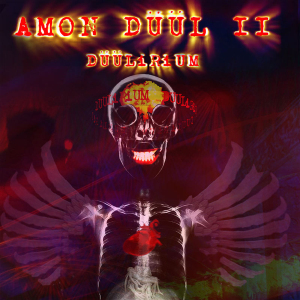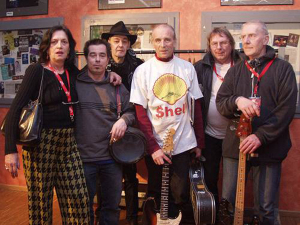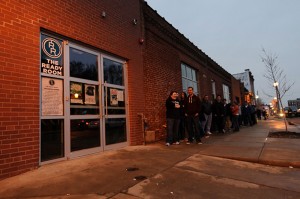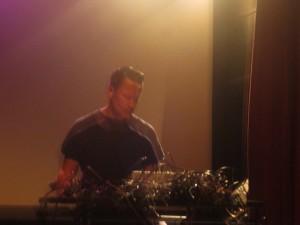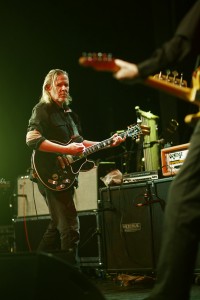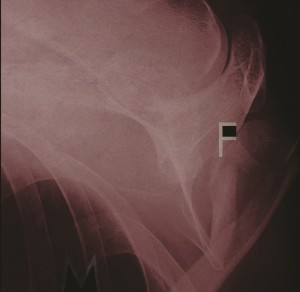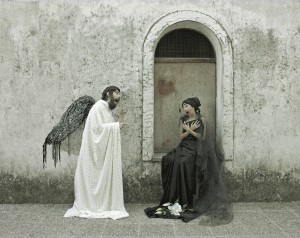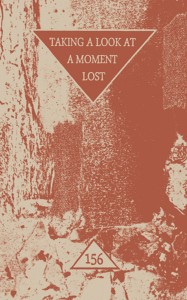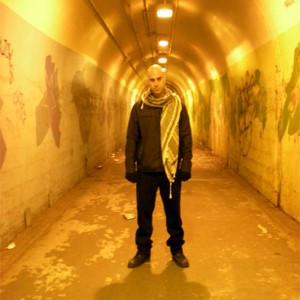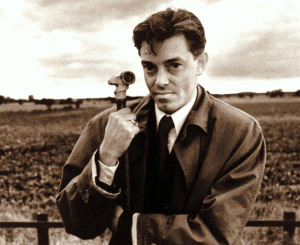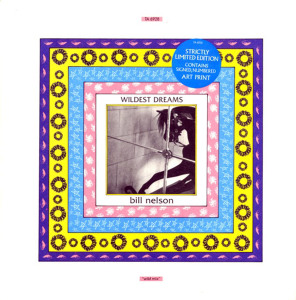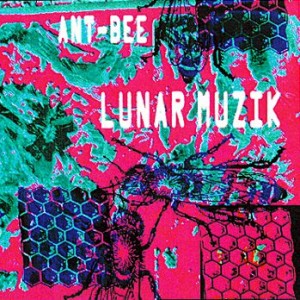(UNDERWATER PEOPLES RECORDS EP; 2014)
Three Legged Race has been the recording project of artist and former Hair Police member, Robert Beatty, since 2002; ROPE COMMERCIAL, VOLUME ONE is his first since 2012’s PERSUASIVE BARRIER and the first in a proposed series of EPs. Beatty has also upped his game for this release, adding acoustic instruments to the mix and warping and processing everything to the point of nearly total inarticulation from the original source. There are certain aspects of the forward-thinking pieces that similarly hearken back to some of my favorite outre noise projects of the ’80s and ’90s, to wit: Skeleton Key’s clanky, creepy debut, FANTASTIC SPIKES THROUGH BALLOON; the industrial sounds of Wisdom Tooth; COMPASS (KUM’PAS) from Dalek I (later, Dalek I Love You).

“All Ajax Dial” is a discordant, clangorous metallic cacophony of noise, quite reminiscent of the previously name-checked Wisdom Tooth and Skeleton Key (without the vocals). Things are definitely off to a great start! After the first track, “Aside From Each Other and Together Overnight” is almost calming… almost. It features so many different textures and sounds, that it is impossible to compartmentalize. It has what sounds like distorted bells and a toy piano with some otherworldly synthesized howls, shifts to a science-fiction like soundtrack (or maybe something from THE EXORCIST, with all the bells) before it takes on an aquatic sound, almost like an exhausted swimmer sinking to a watery grave. As the howls come back in, they’re joined by some indecipherable babbling, sounding like a transmission from another dimension… all in right around six minutes. “New Government” is the sound that you hear when the record’s groove runs the needle into the center label. Add a few little Dalek I like noises bubbling just under the surface to the implied percussive impetus of that needle run out thing (and the return of the piano forcing its way to the fore toward the end of the piece) and it turns into an utterly creepy and highly listenable affair. “The Humidity Mascot” is a collection of computer blips and skrees and odd modulations over the top of a backward tape loop that sounds like a train or heavy city traffic. Beatty saves the most “musical” piece for last. “Rope Commercial” has an Indian percussion sort of thing happening, with weird, cartoony music and sound effects running over the top. The whole record is over in 18 minutes, leaving me wanting more and craving the second installment of the ROPE COMMERCIAL series. The EP is available only as a 12” picture disc; for this and more incredible music, visit the label website at underwaterpeoples.com.




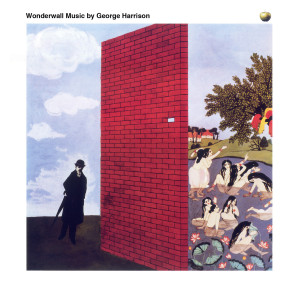


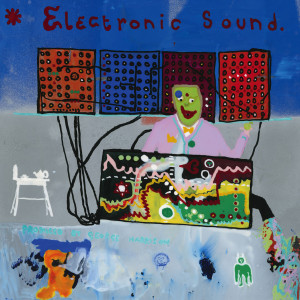

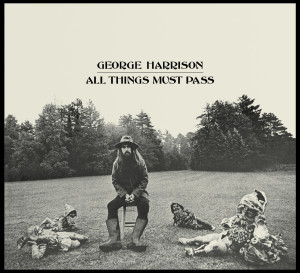
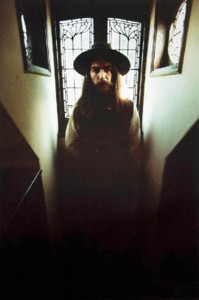
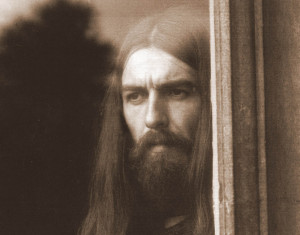
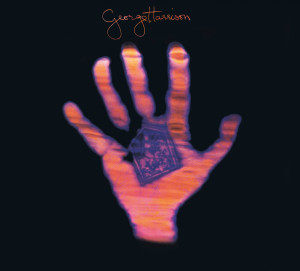
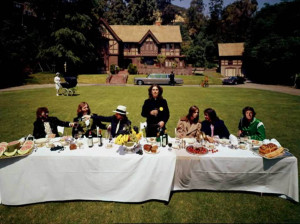
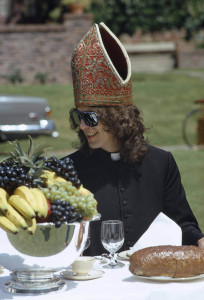
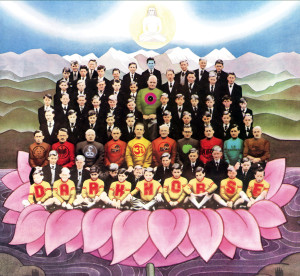
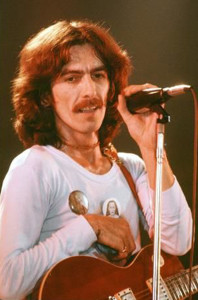
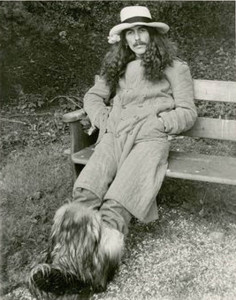
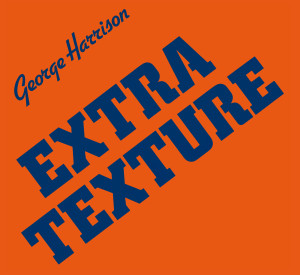

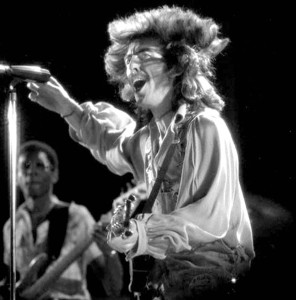
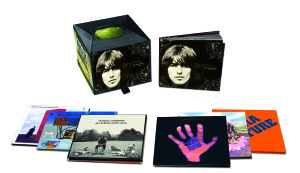

![12 Jacket (Gatefold - Two Pocket) [GD30OB2-N]](http://zacharymule.com/wp/wp-content/uploads/2014/09/Pleistocene-Moon-300x300.jpg)

